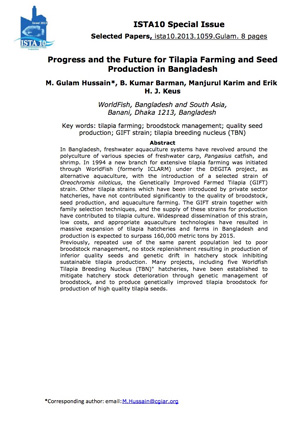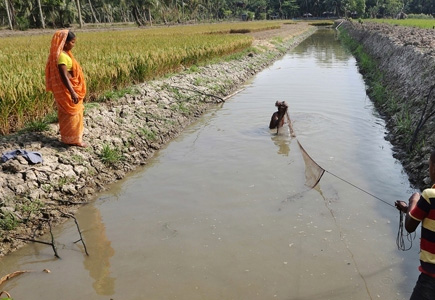Health management in marine fish and shrimp hatcheries with special reference to immunostimulants (an overview)
Egyptian Government expresses efforts to provide aquaculture industry with high quality fish and to prevent diseases outbreak. The production of larvae and fry is still unpredictable for some species, owing to the lack of control of the microbiota in the rearing systems. Using conventional approaches such as the use of disinfectants and antimicrobial drugs, have had limited success in the prevention or cure of aquatic disease.






